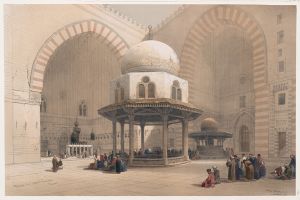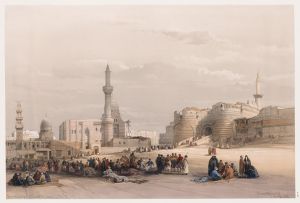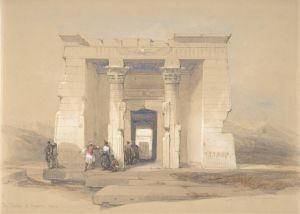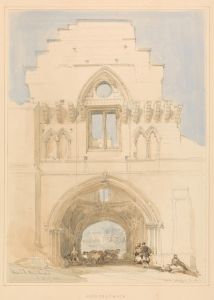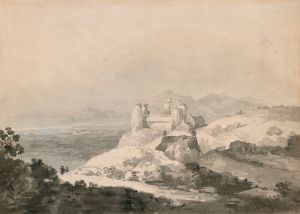
The Citadel of Cairo, residence of Mehemet Ali.
A hand-painted replica of David Roberts’s masterpiece The Citadel of Cairo, residence of Mehemet Ali., meticulously crafted by professional artists to capture the true essence of the original. Each piece is created with museum-quality canvas and rare mineral pigments, carefully painted by experienced artists with delicate brushstrokes and rich, layered colors to perfectly recreate the texture of the original artwork. Unlike machine-printed reproductions, this hand-painted version brings the painting to life, infused with the artist’s emotions and skill in every stroke. Whether for personal collection or home decoration, it instantly elevates the artistic atmosphere of any space.
David Roberts' painting "The Citadel of Cairo, residence of Mehemet Ali" is a notable work that captures the grandeur and historical significance of the Citadel of Cairo, a prominent landmark in Egypt. David Roberts, a Scottish painter, was renowned for his detailed and picturesque depictions of architectural and historical sites, particularly in the Middle East and North Africa. His works are celebrated for their accuracy and attention to detail, providing a valuable visual record of 19th-century architecture and landscapes.
The Citadel of Cairo, also known as the Saladin Citadel, is a medieval Islamic fortification located in Cairo, Egypt. It was constructed by Salah ad-Din (Saladin) between 1176 and 1183 to protect the city from potential Crusader attacks. Over the centuries, the Citadel has undergone numerous modifications and expansions, serving as the seat of government and the residence of Egypt's rulers for nearly 700 years.
In the 19th century, the Citadel became closely associated with Muhammad Ali Pasha, often referred to as Mehemet Ali, who is considered the founder of modern Egypt. Muhammad Ali was an Ottoman Albanian commander who rose to power in the early 1800s and initiated a series of political, economic, and military reforms that transformed Egypt into a significant regional power. Under his rule, the Citadel was revitalized and became a symbol of his authority and the modernization efforts he spearheaded.
Roberts' painting captures the Citadel during this transformative period, highlighting its architectural splendor and strategic importance. The artwork is part of a larger collection of lithographs published in "The Holy Land, Syria, Idumea, Arabia, Egypt, and Nubia," a series that Roberts produced after his extensive travels in the region from 1838 to 1839. These lithographs were highly acclaimed for their artistic quality and historical value, providing Europeans with some of the first detailed images of these distant lands.
The painting itself showcases the Citadel's imposing structures, including the Mosque of Muhammad Ali, also known as the Alabaster Mosque, which was commissioned by Muhammad Ali Pasha and completed in 1848. The mosque is one of the most prominent features of the Citadel and is noted for its Ottoman architectural style, characterized by its large dome and twin minarets.
Roberts' depiction of the Citadel not only emphasizes its architectural beauty but also reflects the cultural and historical context of the time. His work provides insight into the 19th-century European fascination with the Orient, a term used to describe the Middle East and North Africa, and the desire to document and understand these regions through art and exploration.
Today, David Roberts' paintings, including "The Citadel of Cairo, residence of Mehemet Ali," are valued for their historical significance and artistic merit. They continue to be studied and appreciated for their contribution to the visual documentation of historical sites and their role in shaping Western perceptions of the Middle East during the 19th century.





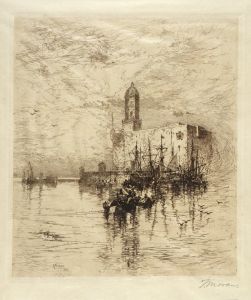
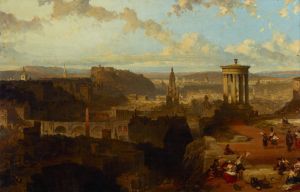
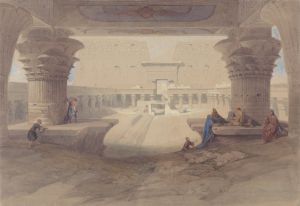
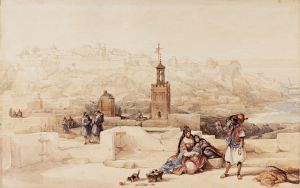
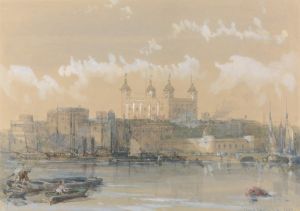

![Excavated temples of Aboosimble [Abû Sunbul], Nubia.](/imgs/217481/s/david-roberts-excavated-temples-of-aboosimble-abu-sunbul-nubia-2ca5e7e8.jpg)
